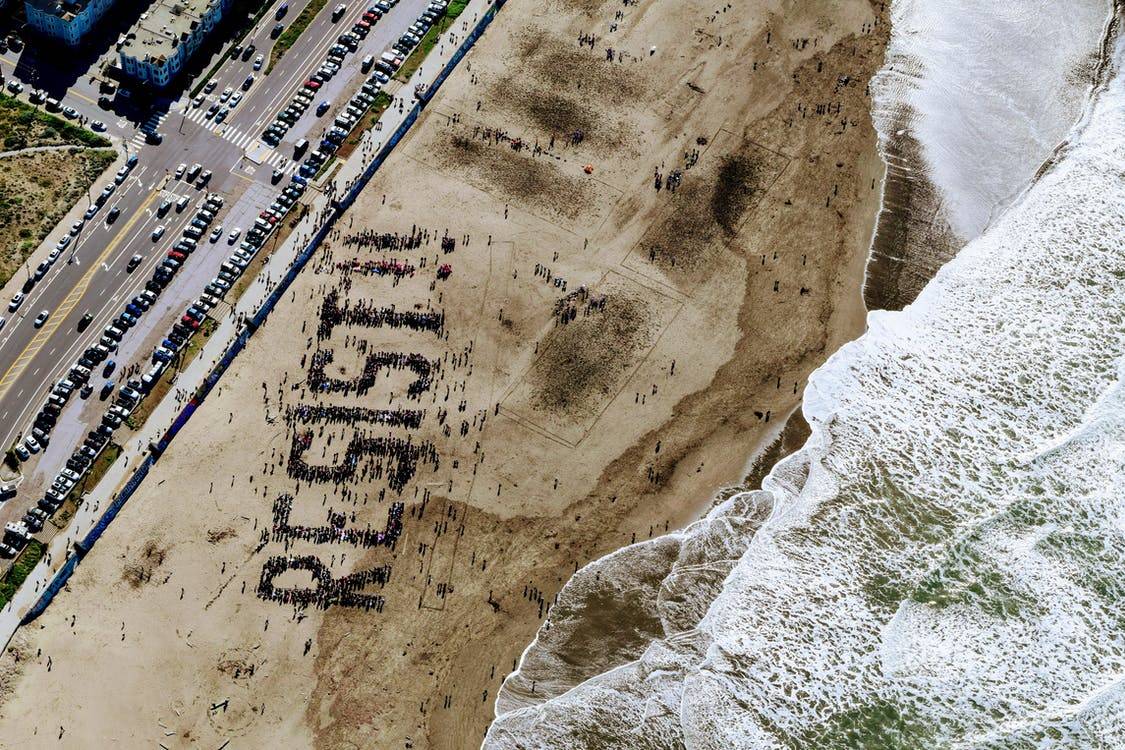Resistance strategies seek to preserve current conditions and resist drivers of change

Resistance strategies can be undertaken either in anticipation of future decarbonisation efforts, or in response to decarbonisation activities that are actively occurring.
What is a resistance coping strategy?
Resistance strategies seek to preserve current conditions and resist drivers of change.
Who engages in resistance strategies?
Such actions can be carried out at different geographic levels – local, provincial, regional, national, supranational – and by different stakeholders. In the regional cases studied in CINTRAN, however, resistance actions at the local and national levels predominate.
At the national level, resistance coping strategies are typically led by incumbent energy industries. Incumbent industries are existing industrial interests that would be harmed by coal divestment. This strategy is usually used by politicians, trade unions leaders, and company executives.
At the local level, resistance to decarbonization is generally expressed by two sets of actors:
- Groups of miners, most of the times organized by trade unions and generally supported by local authorities;
- Local citizens committees, often with the support of local authorities
What do resistance coping strategies look like?
Resistance coping strategies look different depending on who is undertaking them, and the resources they have available. Resistance strategies at the national level are mainly conducted in the hallways of politics, in negotiations between politicians and trade union leaders and company executives.
Local-level actions usually take the form of:
- Protest rallies
- Underground sit-ins in mines
- Petitions to regional and national governments to stop the decarbonization activity, or provide adequate safeguards for those affected
- Citizens’ participation in meetings and consultations
Sample Strategies
Protests and blockades
Grassroots or union actions taken to protest policy decisions
What prompts resistance strategies?
Resistance strategies can be undertaken either in anticipation of future decarbonisation efforts, or in response to decarbonisation activities that are actively occurring. They are often undertaken in response to two different types of decarbonisation activities:
- Plans for the closure of plants or operations that are no longer economically viable or that must be phased out to meet decarbonisation targets
Plant closures are typically opposed by companies or workers in the fossil energy industry, and related trade unions. The arguments of resisting actors are usually focused on preventing job losses, slowing down transitions, or ensuring energy security. - Plans for the installation of renewable or low carbon infrastructure.
Opposition is usually undertaken by local communities and governments and is most often targeted at wind farms developments. The arguments of resisting actors usually focus on the aesthetic impact of new infrastructure, noise or vibration pollution, and closed decision-making processes.
When are resistance strategies most likely?
Resistance strategies are prominent in early to middle stages of the transition, when carbon intensive industries are still locked in and dominant, but where there is growing pressure to transform. There are likely very strong trade unions, and a high level of political support for existing industries. While resistance strategies persist throughout all transition phases, they become less frequent and prominent as the carbon-intensive system phases out, political pressure for change builds, and new renewable industries become dominant. Resistance strategies also change in focus as the transition progresses as there is a decrease in likelihood that outright resistance will be successful.
What are other types of coping strategies?
- Adaptation strategies attempt to protect the functioning of the existing system from substantial change. Read more
- Transformative coping strategies challenge the stability of the existing system by introducing fundamentally new ways of thinking, acting, doing and organising. Read more
Sources
Barnes, M. L., Bodin, Ö., Guerrero, A. M., McAllister, R. R., Alexander, S. M., & Robins, G. (2017). The social structural foundations of adaptation and transformation in social–ecological systems. Ecology and Society, 22(4).
Nacke, L., Jewell, J., Cherp, A. (2021). A diagnostic framework for feasibility of low carbon transitions in coal dependent regions. CINTRAN Project Report. European Union Horizon 2020 grant agreement no. 884539.
O’Brien, K. (2012). Global environmental change II: From adaptation to deliberate transformation. Progress in Human Geography, 36(5), 667-676.


